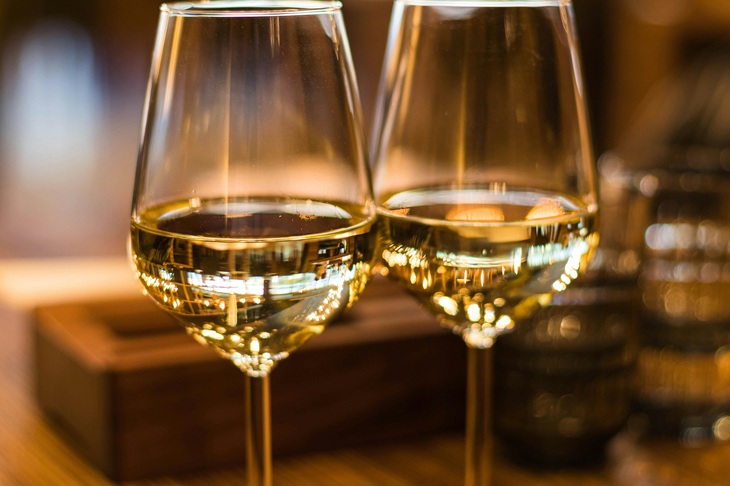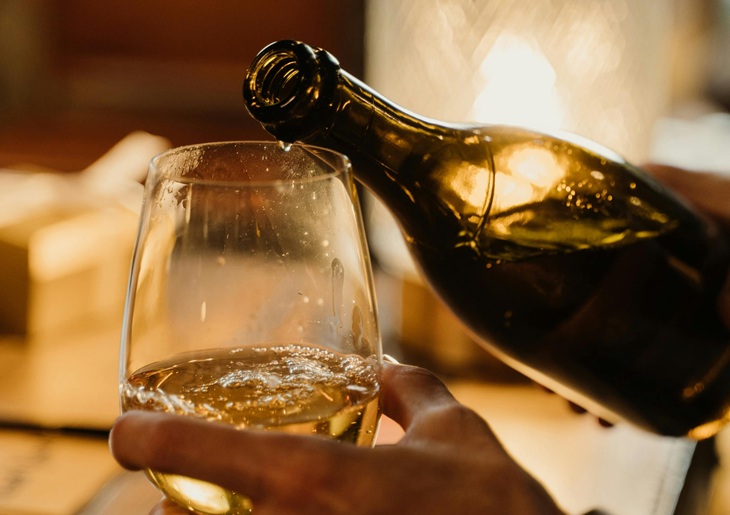13
May

When it comes to celebration, no drink evokes joy quite like wines – especially the sparkling ones. From popping bottles at weddings to toasting at casual brunches, sparkling wine is the bubbly companion for life’s most memorable moments. But there’s far more to this effervescent beverage than Champagne alone. Around the world, winemakers have embraced the sparkle, each region adding its own twist, traditions and grapes.

Whether you’re a seasoned wine lover or a curious beginner, let’s uncork the fascinating world of delicious sparkling wines and help you discover your new favourite fizz. Let’s start with the icon. Champagne, made exclusively in France’s Champagne region, is the epitome of sparkling wine prestige. Strict regulations govern its production.
Only traditional methods are allowed, and only three main grape varieties are used: Chardonnay, Pinot Noir and Pinot Meunier. From bone-dry Brut Nature to delicate Rosé, Champagne offers a range of styles. Blanc de Blancs and Blanc de Noirs each bring distinct flavour profiles. Complex, age-worthy, and endlessly refined, Champagne is the gold standard but it’s not the only bubbly worth knowing.
Hailing mainly from Catalonia, Cava uses the same traditional method as Champagne but at a fraction of the price. Crafted from native Spanish grapes, Cava is bright, citrusy and perfect for everyday indulgence. Styles range from Brut Nature, super dry, to the elegant, aged Gran Reserva. It’s an excellent value, offering sophistication and structure without breaking the bank.
The world’s best-selling sparkling wine, Prosecco, is known for its fruity, aromatic profile and wallet-friendly price. Made in Italy’s Veneto region, Prosecco is produced using the tank method, which preserves its fresh flavours and vibrant bubbles. Crafted from the Glera grape, Prosecco comes in various sweetness levels, with Brut, Extra Dry and Dry being the most common. It’s an ideal choice for brunch mimosas or sipping solo on a sunny afternoon.
Not all French sparkling wine comes from Champagne. Crémant refers to traditionally made bubbly wine from regions outside Champagne, such as Alsace, Loire and Burgundy. Each region brings its flair. Crémant d’Alsace may feature Pinot Blanc or Riesling, while Crémant de Loire might include Chenin Blanc or Cabernet Franc. These wines offer complexity and charm at a more approachable price than Champagne.
Sweet, floral, and delightfully fizzy, Asti is a sparkling wine made from Moscato Bianco in Italy’s Piedmont region. Unlike other sparklers, Asti is made with a single fermentation method, keeping its sugar and alcohol levels low. With aromas of peach, apricot and honeysuckle, Asti is ideal for dessert pairings or anyone who loves a sweet sip.
Germany and Austria bring their own take on sparkling wine with Sekt. Quality varies greatly from mass-produced styles to premium bottles made using traditional methods. Grapes like Riesling, Pinot Blanc and even Chardonnay appear in Sekt, offering everything from bone-dry to lusciously sweet versions.
Beyond Europe, winemakers in the United States, Australia, New Zealand, and South Africa are crafting world-class sparkling wines. California’s Sonoma and Napa regions, for example, produce stunning bottles using the traditional method and classic Champagne grapes. These regions often blend innovation with tradition, making it exciting to buy sparkling wine from unexpected corners of the globe.
The rebel of the sparkling wine world, Pét-Nat, is made using the ancestral method. Bottling the wine before fermentation is complete. The result? Light, funky and sometimes cloudy wines with natural bubbles. Often lower in alcohol and unfiltered, Pét-Nat wines are loved for their wild, rustic charm. They’re a growing favourite among natural wine lovers and adventurous drinkers alike.
When navigating a shelf full of sparkling wine for sale, understanding the lingo helps immensely:

Most sparkling wines are best enjoyed well-chilled between 10 and 13°C. Vintage Champagnes or premium aged bottles can be served slightly warmer to let their complexity shine.
While flutes preserve bubbles longer, tulip-shaped glasses are better for capturing aromas, especially for high-end bottles. Avoid wide coupe glasses, which let the fizz escape too quickly.
Keep things celebratory, not chaotic by remembering to:
Store bottles horizontally in a cool, dark place, ideally at a consistent temperature. Avoid warm spots or light exposure, which can degrade the wine’s quality over time.
The sparkling wines offer a dazzling range of styles, flavours, and price points. Whether you’re reaching for a celebratory bottle of Champagne or discovering a new favourite, there’s a bubbly for every palate and occasion. The world of this wine is more accessible and exciting than ever. So, next time you’re browsing for a bottle, go beyond the usual and explore something new. After all, every moment, big or small, is better with a little sparkle.